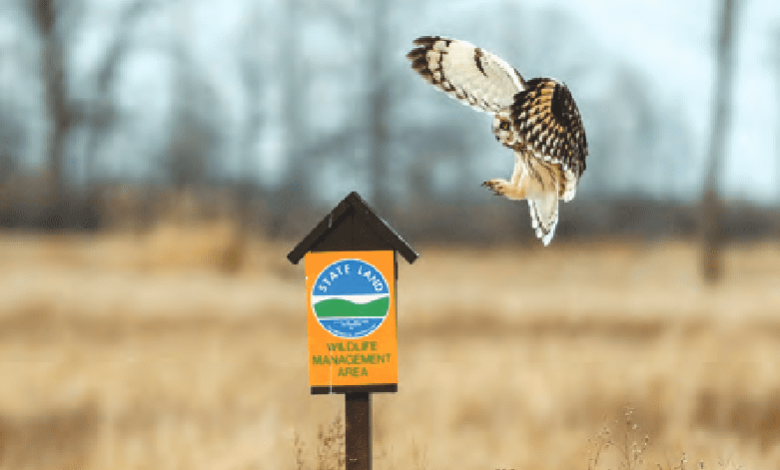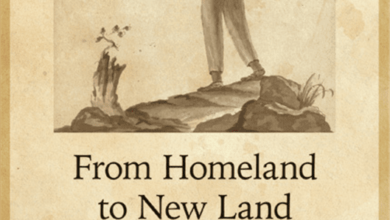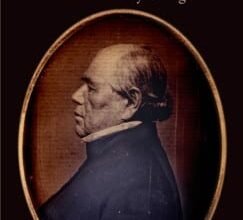Input Sought on New York State Wildlife Action Plan


 The New York State Department of Environmental Conservation (DEC) is seeking public input on the draft revised State Wildlife Action Plan for 2025-35.
The New York State Department of Environmental Conservation (DEC) is seeking public input on the draft revised State Wildlife Action Plan for 2025-35.
In 2024, DEC sought review and input on draft species status assessments and the list of Species of Greatest Conservation Need (SGCN). Relevant data and other feedback informed the revised SGCN list and were incorporated into the species status assessments now available for final review.
“The State Wildlife Action Plan is New York State’s guiding document for managing and conserving species and habitats before they become too rare or costly to restore,” said DEC Commissioner Amanda Lefton.“I encourage the public and DEC’s conservation partners to provide feedback on the plan’s strategies and actions to address threats to New York’s species of greatest conservation need.”

 The State Wildlife Action Plan (SWAP) guides management actions for New York’s SGCN and is a requirement for New York to participate in the federally funded State and Tribal Wildlife Grants Program.
The State Wildlife Action Plan (SWAP) guides management actions for New York’s SGCN and is a requirement for New York to participate in the federally funded State and Tribal Wildlife Grants Program.
SGCN are existing and species native to New York that are currently experiencing threats likely to result in further decline of their populations if conservation actions are not implemented within the next 10 years.
To remain eligible for federal funding, Congress requires states and territories to develop a SWAP and update it every 10 years. States may only spend grant funds on SGCN identified in their SWAP.
The 2005 Comprehensive Wildlife Conservation Strategy (CWCS) included wolves, cougars, and lynx as SGCN and recommended studies to evaluate the feasibility of reintroducing these extirpated species to New York.
In writing the 2015 SWAP and this revised SWAP, DEC chose not to include extirpated large carnivore species as SGCN, “so as to focus conservation resources on resident species that currently have a population in New York and are at risk of declining.”
As part of the SWAP public outreach process, DEC solicits input from partners and stakeholders on SGCN and strategies and actions to address threats to these species.
DEC is seeking public input on the SWAP chapters and appendices, including any additional sources of information on the status and distribution of New York’s SGCN, new information on threats to these species, updates on completed or ongoing conservation projects, and efforts initiated by conservation partners since 2015 to monitor, conserve, or manage populations of SGCN or their habitats. Input is due by Sept. 20, 2025.
The draft SWAP, SGCN list, and species status assessments are available to download from DEC’s website.
This is the final formal opportunity for public review of the updated SWAP prior to its submission to the U.S. Fish and Wildlife Service. All input may be submitted by email to nyswap2025@dec.ny.gov by Sept. 20, 2025. Include “Draft SWAP Comments” in the subject line.
Information may also be sent by mail to:
SWAP Coordinator
Division of Fish and Wildlife
NYSDEC
625 Broadway
Albany, NY 12233-4754
Questions about the SGCN list or status assessment revision process can be sent to the SWAP Coordinator at nyswap2025@dec.ny.gov or call 518-402-8858.
For more information on New York’s State Wildlife Action Plan, visit DEC’s website.
Photo: An owl photographed at the DEC’s Washington County Grasslands Wildlife Management Area (courtesy Lake George Mirror); and a table showing percentage by taxa of species present in New York and Listed as SGCN (2025 Draft NYS Wildlife Action Plan).
Source link




